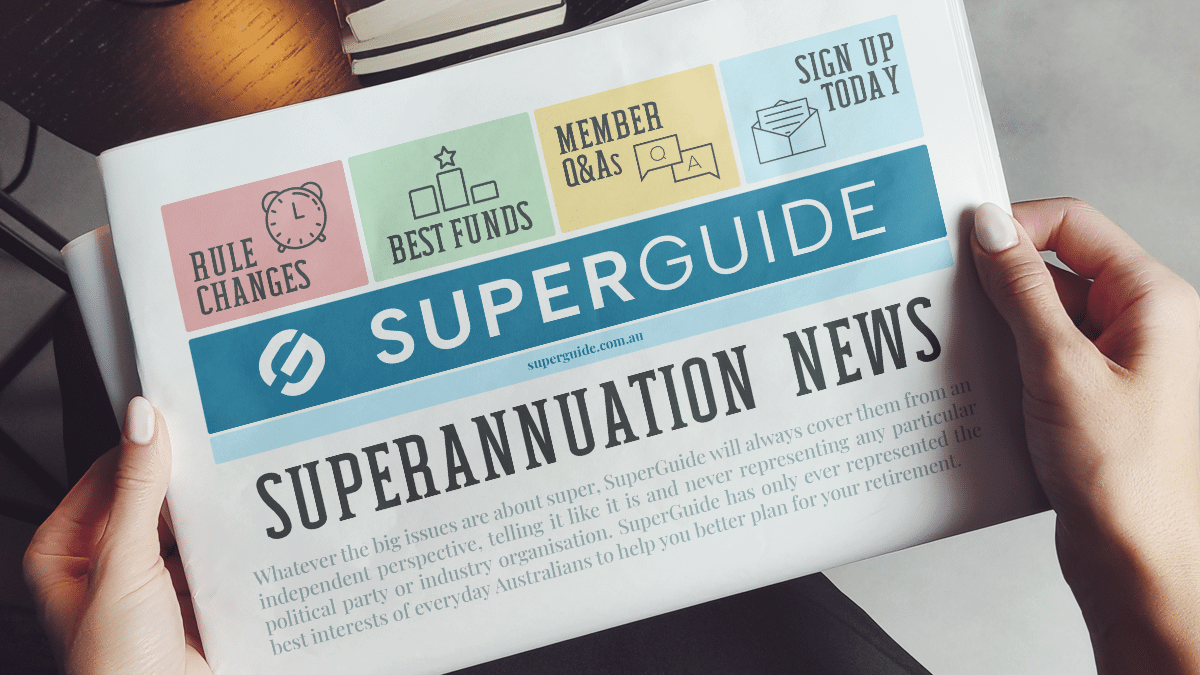Articles by
Penny Pryor
-

Quiz: Boosting your super with super contributions
Take the following 10-question quiz to test your knowledge on boosting your super with superannuation contributions.
-
Super news for June 2024
Active Super made misleading ESG claims, Super assets up 11.3% in 12 months, ATO urges funds to protect members against scams
-
Super news for May 2024
Active v passive update, Super advice fees too high, Super for housing debate, Scam losses falling.
-
Super news for April 2024
Financial advice reforms, SMSF trustees disqualified, Super for housing plan criticised, Australian Super’s new lifetime income product, Greenwashing conviction, Focus on super fund expenses.
-
Super news for March 2024
Super on parental leave, aged care report, retiree budgets squeezed, SMSF illegal access soars, purpose of super endorsed, scams decrease.
-
Super news for February 2024
Calls for simpler retirement solutions, better SMSF record keeping, and improved super fund compliance and transparency; and more SMSF auditors disqualified.
-
Super news for January 2024
Scam-related complaints at record levels, SMSF penalties for non-compliance set to rise again, Super Consumers Australia gets government funding, Northern Trust Asset Management fined for misleading investors, Loose diamonds not collectable assets, Draft legislation released for climate reporting.
-
Super news for December 2023
New super fund data confirms largest super funds, Focus on retirement income, access to advice and super performance tests; ATO scam alert; Retirees’ cost of living increases; Funds fined for fees for no service.
-
Super news for November 2023
ASIC ramps up compliance action, AustralianSuper to vote against Origin offer, and super balances less than comfortable.
-
Super news for October 2023
The Federal Government has opened consultation on payday super and introduced draft legislation for its new super tax.
-
Super news for September 2023
AustralianSuper fails multiple account holders, Draft super objective, ART begins CEO search, Experience counts for advisers, Tax trap for super switchers, Retirement outcomes in ASIC’s sights.








